Women around Gishwati-Mukura National Park gained skills to improve their handcraft products

Forest of Hope Association under the project “Enhancing the understanding of the Gishwati Natural Forest Ecosystem and local support to its conservation”, organized a training for KOVAKARU (a women handcrafts cooperative), to improve the quality of their handcraft products. The project was funded by the Critical ecosystem Partnership Funds (CEPF), supported by BirdLife International, acting as the Regional Implementation Team for the Eastern Afromontane Biodiversity Hotspot.

This training was mainly focusing on the practice in diversifying handcraft products. KOVAKARU members gained enough skills on baskets related products including: plates, trays and different kind of basket using colored ubuhivu. They were also trained on making carpets, crocheting napkins and writing/ drawing on cloth fabrics.
The cooperative was also equipped with basic materials that will help them to continue diversifying their handcrafts. This includes: the appropriate needles for making different kinds of baskets and carpets; paints; threads to make carpets and bags; and other traditional materials that are not found in this region.
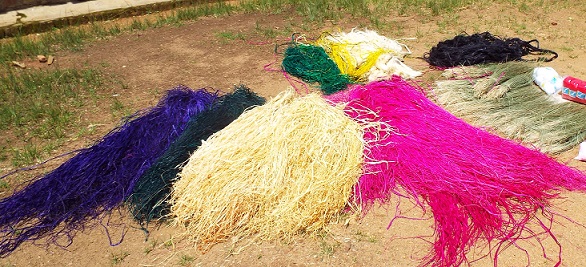
UBUHIVU, a grass imported from Uganda after being painted in using different colors

Making carpets was new skills. KOVAKARU members dreamed about learning to make them for a long time. By this project their drearms became a reality.
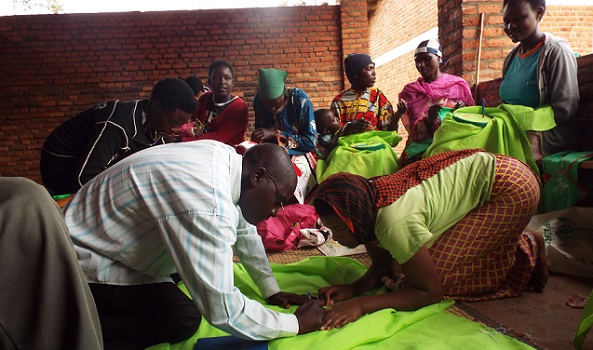
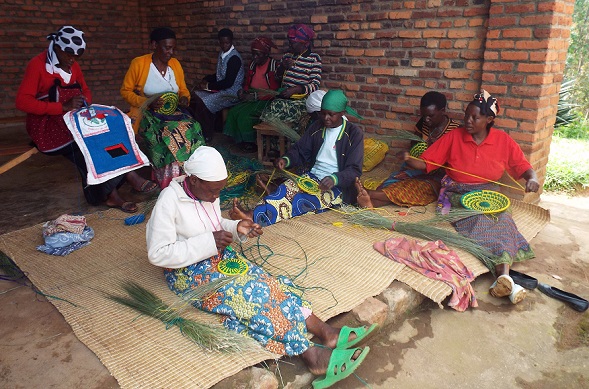
Women grouped in KOVAKARU have been using other herbs, to make baskets, rather than “Ubuhivu” because it is imported from Uganda and was expensive to them. As they received enough quantity of these grasses, it will continue help them to produce good handcraft products. According to them the value of their products is expected to rated more than twice due to this training. “Plates, small plates and trays were produced using local herbs and quality was not appreciated leading to low price. But now after training and using “Ubuhivu” our products are shining and attractive to customers and we expect that the prices will raise up to the suitable price” said Vestine, one of the trainees.
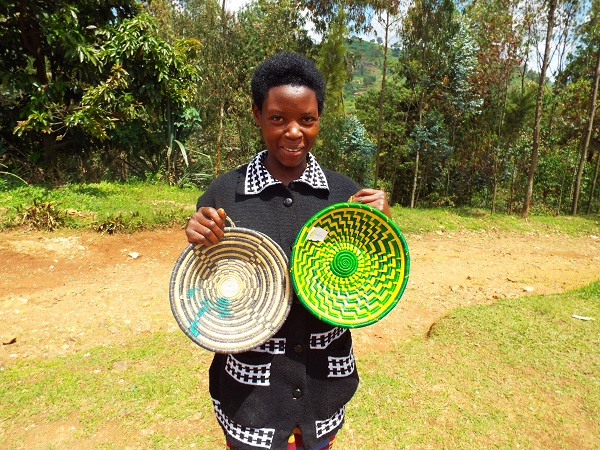
The improvement can be easily identified though this picture
All of trainees confirmed that they expect more income that will help them to buy their household needs such as food, health insurance, school fees for kids and do some saving for future of their family. KOVAKARU is expecting to diversify and increase the number of handcraft. They also wish to recruit new members, especially young people because some of them are old women and need the support from young generation to preserve their profession.
This project made a significant contribution in strengthening local women participation in all activities pertaining to the conservation of the Gishwati-Mukura National Park biodiversity. We expect that KOVAKARU member will continue to involve their colleagues in reducing their pressure on the park resources.
KOVAKARU is one of community cooperatives mainly made by women living around Gishwati forest, the northern part of the Gishwati- Mukura National Park. Forest of Hope Association (FHA) grouped these women together to make different handcraft products. All this was done to help them to understand how they can work together and generate alternative revenue to what they have been getting from selling the forest resources. Nowadays they are helping FHA to engage their colleague in local communities to reduce their pressure on the Gishwati-Mukura National Park resources.
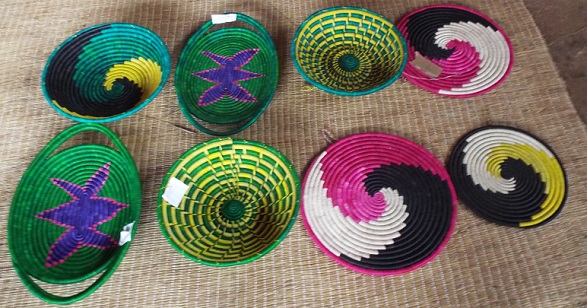
We thank very much the Critical ecosystem Partnership Funds (CEPF) for supporting this project through the Eastern Afromontane Biodiversity Hotspot small grant. We are also very grateful for the BirdLife International, that together with the International Union for the Conservation of Nature (IUCN) and the Ethiopian Wildlife and Natural History Society (BirdLife in Ethiopia) form the Regional Implementation Team (RIT) for the Critical Ecosystem Partnership Fund (CEPF) investment in the Eastern Afromontane Hotspot.

CEPF is a joint initiative of l’Agence Française de Développement, Conservation International, the European Union, the Global Environment Facility, the Government of Japan, the MacArthur Foundation and the World Bank. A fundamental goal is to ensure that civil society is engaged in biodiversity conservation. More information on the CEPF can be found at www.cepf.net

